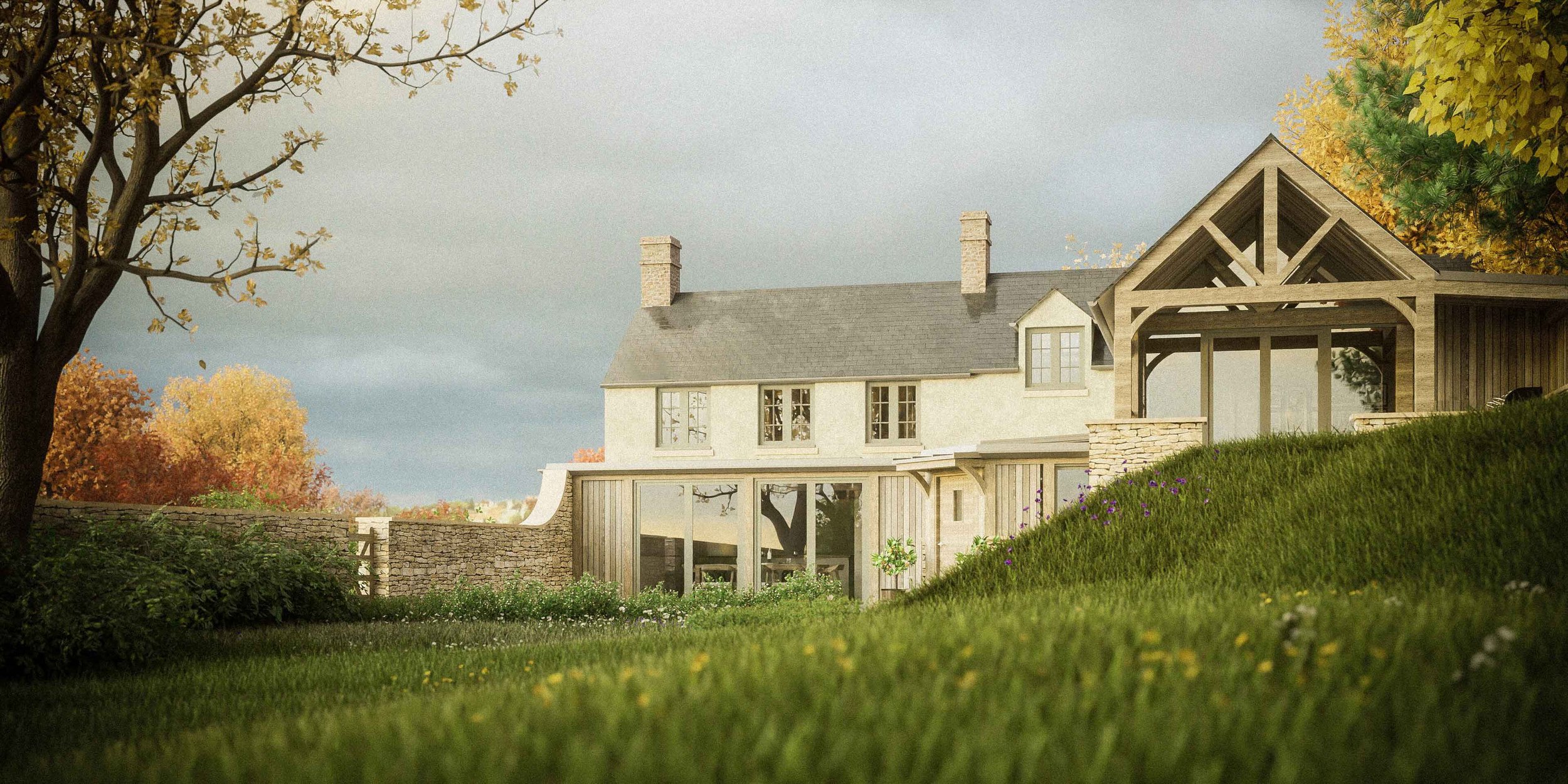Creative Design for Modern Living.
Joshua Hovey Architects is a Somerset-based architectural practice offering a high quality bespoke service.
Our work focuses on residential projects including new-build homes, passivhaus & sustainable design, contemporary extensions, listed building alterations, barn conversions and renovations. Joshua has an excellent track record of achieving planning permission within complex planning constraints such as AONBs, conservation areas and listed buildings.
Thoughtfully Designed Sustainable Homes
We help self-builders looking to design their dream Passivhaus or eco-home, and land owners looking to maximise the potential of their plot. We have a proven track record of securing planning permission within challenging design constraints such as conservation areas, national parks, AONBs and near listed buildings.
Transformative Conversions and Renovations
We are skilled at working with the challenges of existing buildings whether a barn conversion, townhouse or cottage. We know how to rearrange your space to create a beautiful and functional home, even within complex design constraints. Let us help you to make the best use of your existing building.
Sensitively Crafted Listed Building Alterations
Do you have a listed building or period property which lacks natural light, feels disconnected from the outside and has poor flow between living spaces? We are experts at turning period properties into functional homes, customised for modern living.
Simple and Stylish Contemporary Extensions
We design beautiful contemporary extensions. Transform your living space by bringing in natural light, improving the connection with the outdoors and creating harmony between spaces.
Chew Valley Architects | Joshua Hovey Architects
Key Design Considerations When Planning a Project in the Chew Valley Area
Understanding Local Heritage Conservation
For architects in Chew Valley, understanding and respecting local heritage conservation guidelines is crucial. Chew Valley is renowned for its historical significance and scenic beauty, characterized by traditional villages and historic buildings. Architects must navigate conservation area regulations and heritage considerations to ensure that new developments blend harmoniously with the area's cultural fabric. This includes preserving traditional building materials and architectural styles that contribute to Chew Valley's unique charm and historical integrity.
Integrating Sustainable Design Practices
Sustainability is a key priority for architects in Chew Valley, where preserving the natural environment is paramount. Architects should prioritize sustainable design practices such as energy-efficient building techniques, use of locally sourced materials, and integration of renewable energy solutions. By incorporating these principles into their designs, Chew Valley architects can minimize environmental impact while promoting eco-friendly living in this rural and picturesque setting.
Harmonizing with Rural and Village Aesthetics
Chew Valley features a diverse architectural landscape, encompassing rural farmsteads, quaint villages, and historic landmarks. Architects in Chew Valley must design projects that respect and enhance the local aesthetic. This involves careful consideration of building materials, architectural forms, and landscaping features that complement the rural and village settings. By ensuring new developments blend seamlessly with their surroundings, Chew Valley architects can contribute to the area's visual harmony and cultural continuity.
Addressing Environmental Sensitivities
The natural environment of Chew Valley presents specific challenges that architects must address in their designs. Issues such as wildlife conservation, landscape sensitivity, and flood risk management require thoughtful planning and design solutions. Chew Valley architects should incorporate sustainable drainage systems, habitat preservation measures, and low-impact development practices to minimize environmental impact and enhance ecological resilience.











